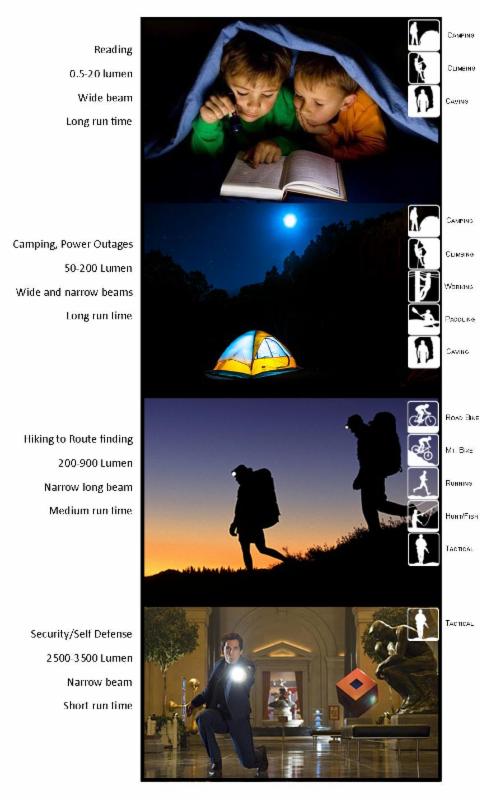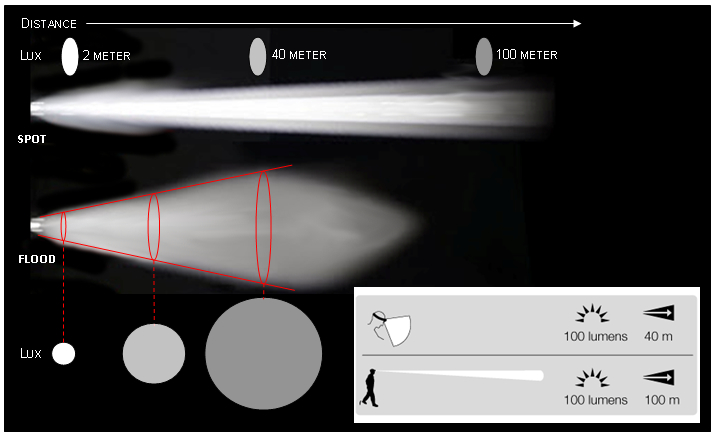
|
Monday - Friday 10am-8pm Saturday 10am-6pm Sunday Noon - 5pm 9107 Mendenhall Mall Rd. Suite #301 (907)789-0956 |
|
|
Welcome to 2017!
Thank you to everyone who entered our yearly Christmas Gift Certificate drawings. The winners were:
15th Milks Family
16th Cory McMaster
17th Allyson Alderfer
18th Michelle Duncan-Knott
19th Ulla Pedersen
20th Ruth Legg
21st Sarah Mesh
22nd Kendra Branson
23rd Tammy Morris
24th Jennifer Brown
The winner for our $25 Nugget Alaskan Outfitter Gift Certificate for December 2016 is Lena & Rob Anderson. Congratulations to all of our Gift Certificate winners! If you haven't already picked up your gift certificates drop by the front counter and we will get it for you.
Winners are selected from those of you who receive and open our monthly e-newsletter. It doesn't matter when or how you signed up for our e-mail club - if you are on our email list you are a potential winner each month. Thank you for joining the club!
Note: We will be closed on January 3rd for inventory, back to regular hours on the 4th.
|
|
Choosing a Light Source
|
Researching headlamps was both enlightening and surprising. When a customer is interested in buying a flashlight, the most common question we get is about the brightness. We carry a lot of light sources at NAO including headlamps, lanterns and flashlights. Some flashlights boast high lux and others high lumens, having multiple measures is confusing, so here is a brief explanation of lux vs lumens and what features make a good flashlight/headlamp.

Brightness/ Lux vs Lumens
Lux and lumens work together, you can't actually see lumens as they are a measure of the total light sent out. The brightness of that light output as it hits an object and bounces back to your eye is measured in lux. The farther away you get from the light source the lower the lux will be. In order to illuminate something far away, you must increase the lumens to get a higher lux (brightness). More lumens means a brighter light; fewer lumens means a dimmer light.
Battery Time
Brightness and burn time are dependent on each other - increasing the brightness automatically decreases burn time, and vice versa. In 2009, a group of manufactures and major retailers came up with a performance standard for battery run-time called ANSI FL-1. The ANSI standard decided that run-time should stop once the brightness diminished below 10 percent of its fresh battery value.
 |
|
 |
Different Lighting types showing difference between standard lighting and constant. Reactive lighting helps extend run time.
|
Unfortunately, most manufactures have decided not to stick with this standard and calculate run time way past this point. Most flashlights and headlamps manufacturers calculate run time until the brightness is less than 0.25 lux, the brightness of a full moon. Full moon illumination is considered adequate for safe and careful travel outdoors, however, a small source producing 0.25 lux does not project much past 2 meters.The moon is 238855 miles away and its light hits everywhere at 0.25 lux. With moonlight you can see beyond two meters, with a headlamp at 0.25 lux navigating in the dark is almost impossible. Due a series of recent articles on the deception of run time, Princeton Tec has changed their standards to match the ANSI standards. They have been the only company to change so far, but maybe we will also notice the difference in the new headlamps that Petzl will deliver this month.
Some companies have developed what they call constant or regulated output lamps which offer a steady output while the batteries are strong, with a sudden decrease as the batteries lose strength. While a much better alternative to a long low burn time, the abrupt lack of light can catch you off guard if you are not readily prepared to swap batteries or use a backup.
A
|
|
 |
|
Petzl e+LITE
|
 |
great little backup light is the ultralight Petzl e+LITE
. The e+LITE weighs only an ounce and can take a beating, plus, the CR2032 watch batteries are good even if stored for up to10 years, so you can be confident your backup will be there for you.
Beam Type

While lumens tell you how brightly a headlamp glows (at its source), headlamp beam distance tells you how far it goes (to a surface you want illuminated).
For example, 1
00 lumens of light will project to 40 meters with a very wide beam, but up to 100 meters with a focused beam. A flashlight/headlamp that has a variety of beam types and levels will allow the user more options. The perfect option for hiding under the covers and reading is going to be very different from the light you want for finding your way out of the woods in the dark.
- Close proximity floodlight mode - casts a wide dim beam for close up tasks, such as preparing meals at the campsite, rummaging in the tent, reading, or in most household situations. The lower light level means the battery run-time is dramatically extended.
- Spotlight mode - many products include specific bright LEDs and optics that focus the light in a beam best suited for looking at a distance. These spotlight beams shine brighter, and the narrow beam is ideal for trail finding as long as it is not too narrow. Some lights have a combo flood and spot light together which gives you the long-distance vision and a spread of light to illuminate objects up close, so you don't have to do a lot of head turning.
-
Red light -red light does not cause our pupils to shrink the way white light can, so it's good for preserving night vision. It takes your eyes up to an hour to fully adjust to the dark, so for hiking you might need something more. Hunters love this light because animals can't see it, so it doesn't spook them. Flashing red strobe lights are great for search and rescue, since the red strobe is visible at great distances and in red light mode the battery has a much longer run time.
Choose the right light source for the activity you have planned. Keep in mind that a light with variable modes and beam choices will make them more useful for a greater range of tasks. Headlamps are great in a wide range of situations and allow you to keep your hands free. We also have flashlights that have magnets on the bottom, so you can "hang" them from the hood of your car or on any other metal service you are working near. If you have any questions about the features of any light we carry, please feel free to ask us.
|
|
Tactical Lights??
|
Although most of the lights we carry are for fun or practical use, we do have a few that could be used for self defense. Shining a bright light in a potential attacker's eyes will momentarily blind them, allowing you a chance to identify them as friend or foe and giving you a small window to do something about it. Sometimes simply shining a light in an attackers face is enough to ward them away. Several flashlights have a serrated or toothed bezel which you can use as a palm stick, used to strike the face, throat or temple. They often come with a "momentary" switch giving you a powerful burst of light that lasts long enough to quickly sweep the area, without giving your position away. Cheaper than a gun, lightweight and easy to use they make a great thing to squirrel away, just in case.
Many manufacturers offer "tactical" flashlights and headlamps. I have found that the word "tactical" has a pretty broad application. Most of the "tactical lights" offered, have a few things in common. They are made to withstand rugged, wet conditions and often come with multiple choices of colored lenses (red, blue and green). What is not consistent is the amount of light they offer. Some have outputs as low as 40 lumens.
To be a true self defense tool a flashlight or headlamp must have at least 120 lumen, anything less doesn't have the blinding value that you need for a good head start. Many night time security guards carry heavy duty flashlights with over 1000-2000 lumen. A good self defense light does not have to be big and heavy, there are a number of great, high powered flashlights that fit in the palm of your hand like the Fenix PD 35. Look for something rugged and waterproof, and with simple controls that can be found quickly, when you are scared.
|
|
Please Connect with desired Social Media Pages, if you have them. Visit socialquickstarter.com for help getting started with Social Media.
|
|
|
|
|